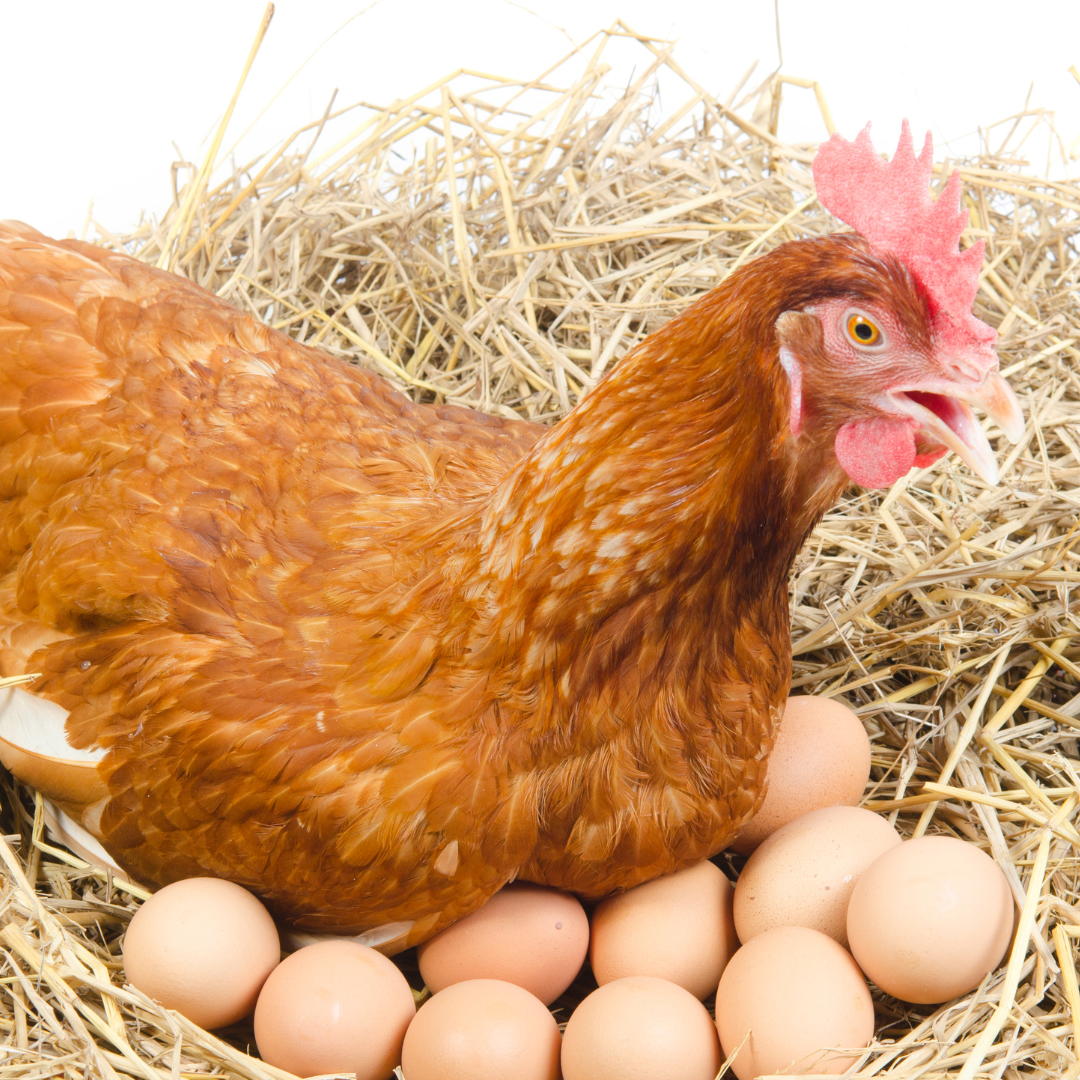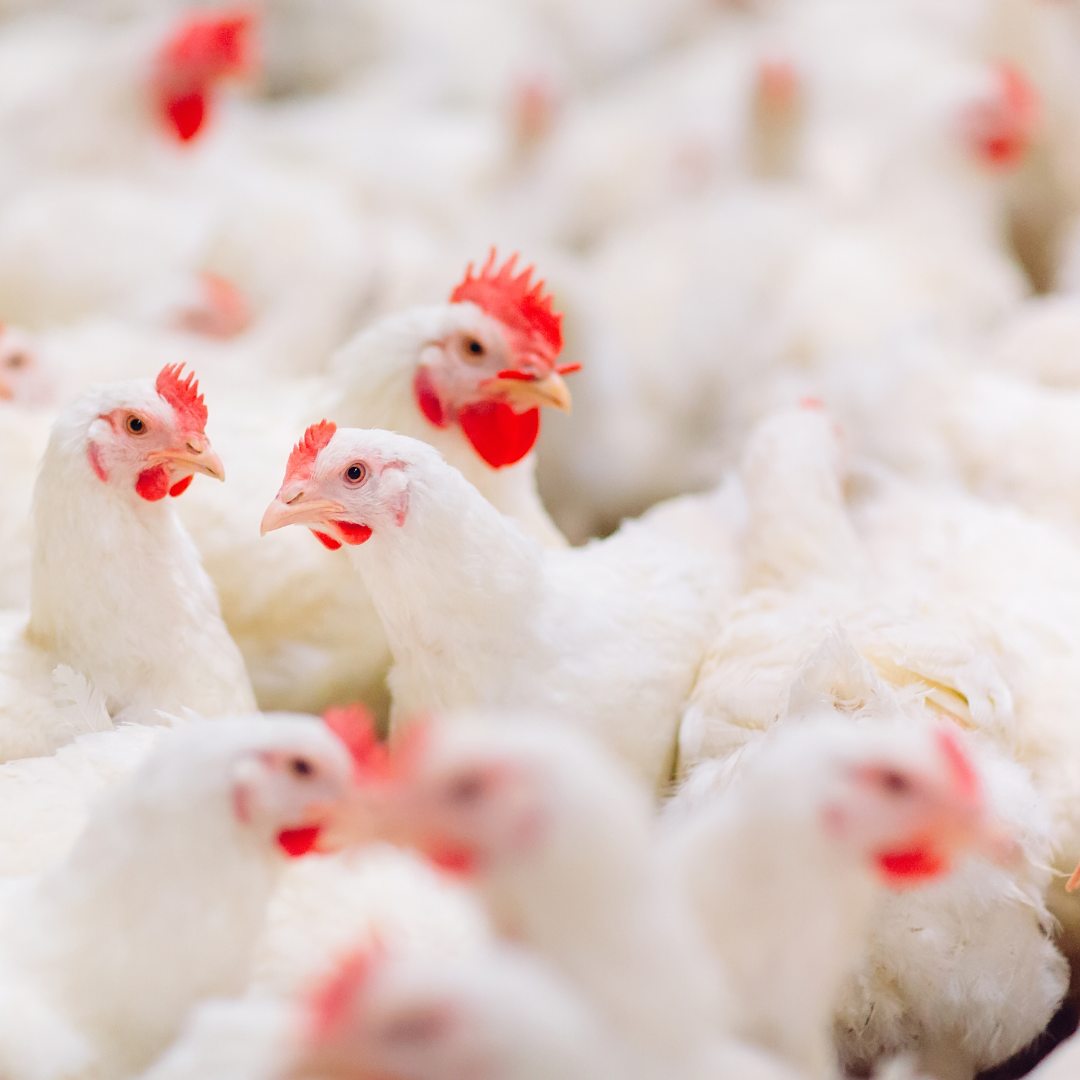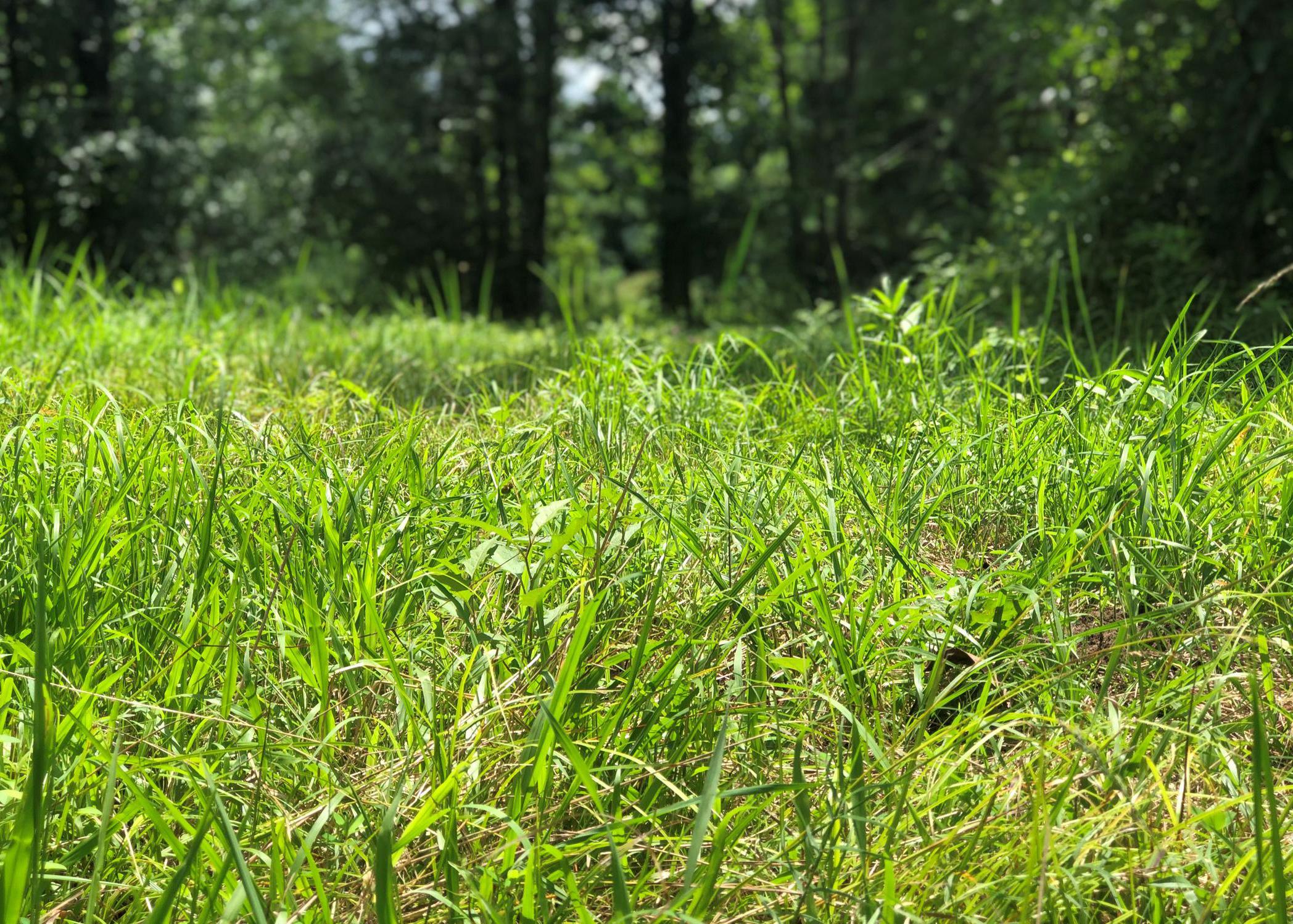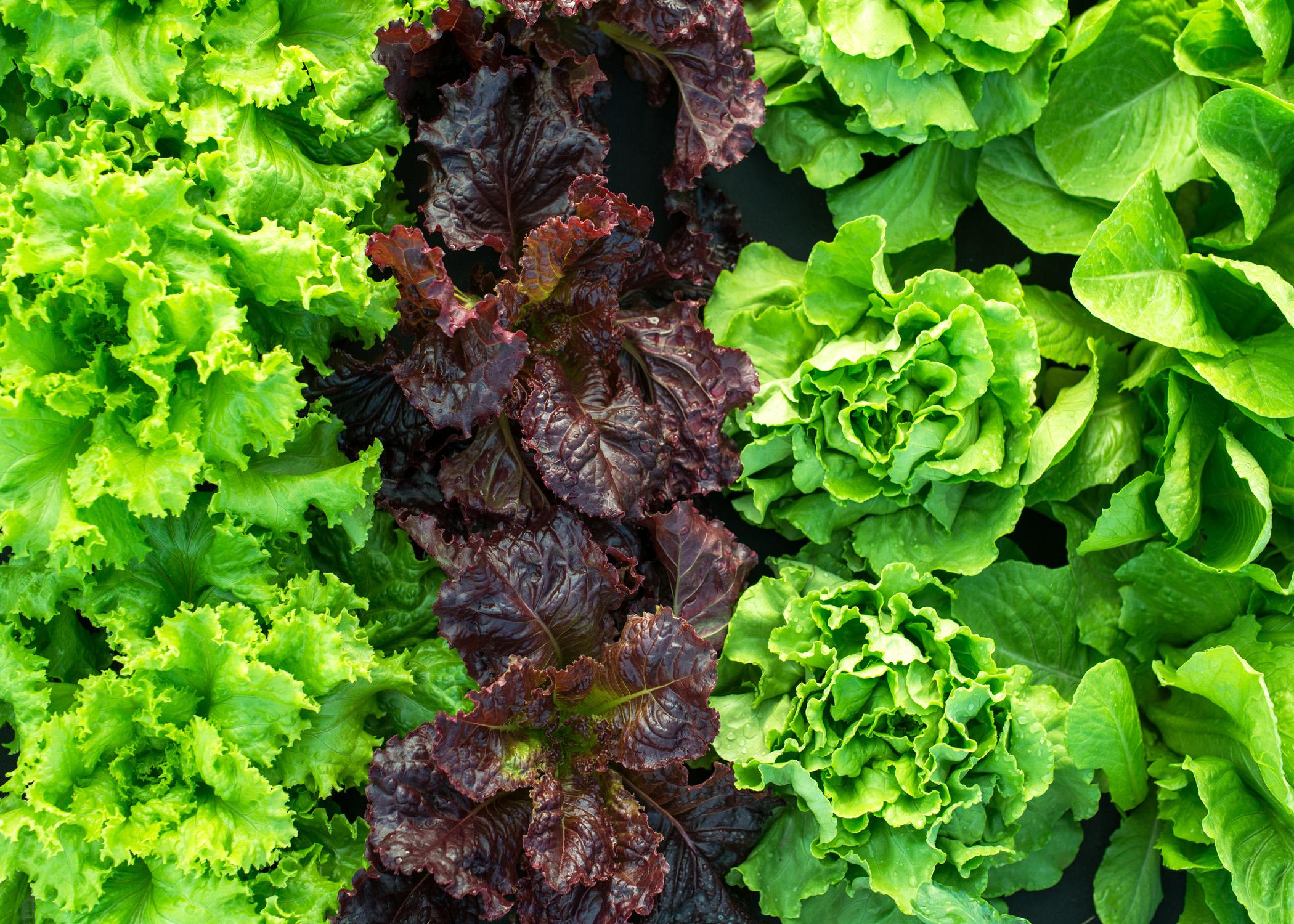Broilers vs. Layers
Did you know there is a difference in broilers and layers? Broilers and layers both serve important roles in the poultry industry, but their roles are very different. The key differences in broilers and layers can be explained by looking at physical appearance, growth rate, feed efficiency, and housing requirements.


Physical Appearance
- Broilers have a stocky, heavy build that focuses on meat yield especially in the breast.
- Layers are typically lighter than broilers. The focus with layers is not size, but high-quality reproductive traits instead.
Growth Rate
- Broilers grow very quickly. They reach maturity within 6 to 8 weeks and are ready for processing.
- Layers grow slowly. It takes them 18 to 22 weeks to reach maturity and begin laying eggs. The focus with layers is longevity and sustained egg production.
Feed Efficiency
- Broilers are fed a high-protein diet that helps them convert their feed into body mass.
- For layers, a balanced nutritional diet is crucial for maximizing egg production. Hens must have adequate amounts of calcium, protein, phosphorus, vitamins, and minerals.
Housing Requirements
- Broilers require more space than layers because they grow so rapidly. The temperature in their environment should be 89 to 95 degrees.
- Layers can be housed in smaller, cooler environments. Their environment must have nesting boxes for laying eggs once they reach maturity.
If you are interested in having your own backyard flock, it’s important to do your research before you begin. Extension Publication 3624, “Poultry Beginnings: Raise Your Own Backyard Chickens” is a great place to start.
Posted on: September 27, 2024
Subscribe to Extension for Real Life
Fill in the information below to receive a weekly update of our blog posts.
Recent Posts
May 27, 2025
May 23, 2025
Related News
December 19, 2023
April 25, 2023
March 1, 2023
February 23, 2023
December 20, 2022
Pages
Related Publications
Publication Number: P4031
Publication Number: P2800
Publication Number: IS1976
Publication Number: P2881
Publication Number: P2805









